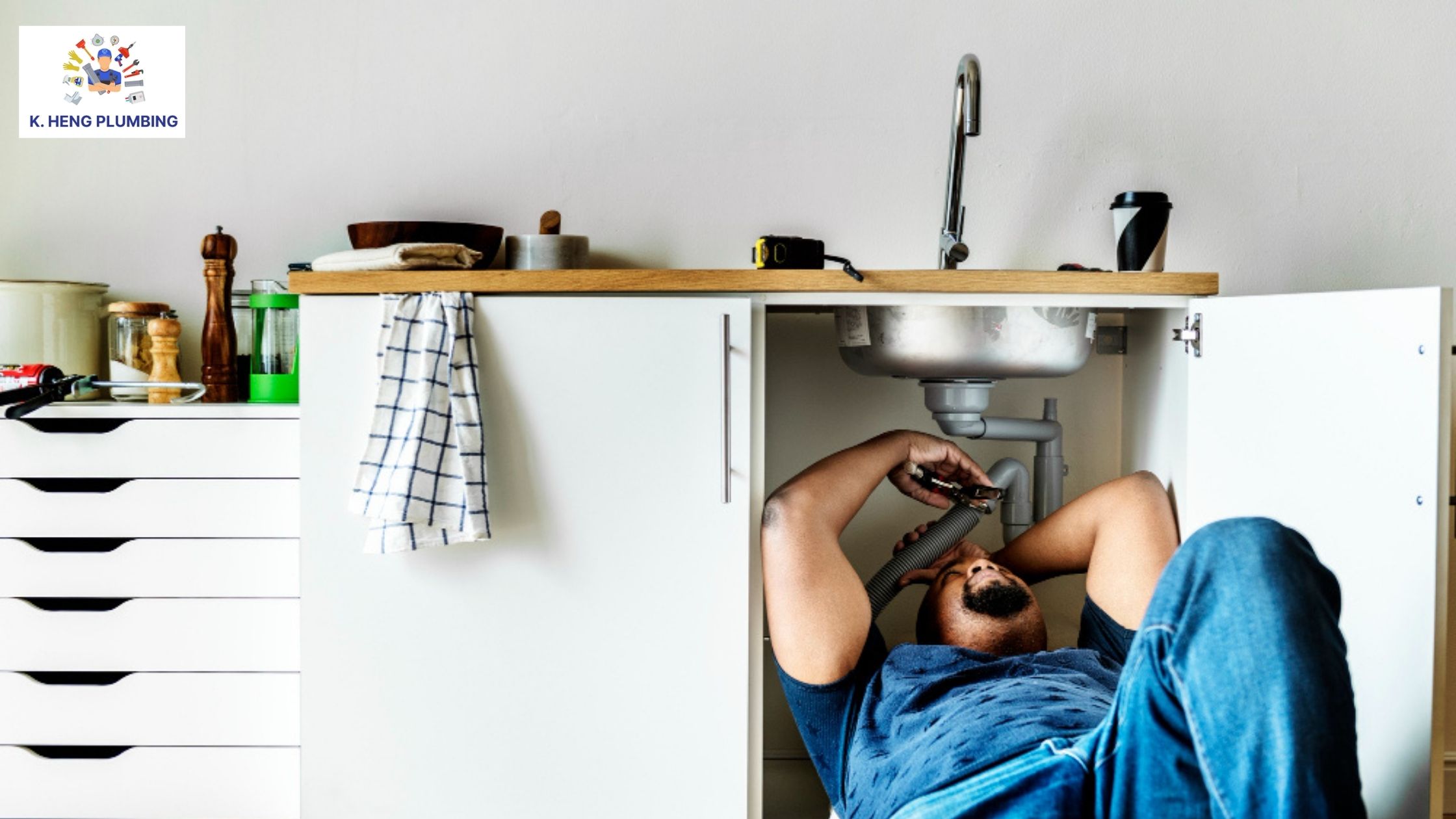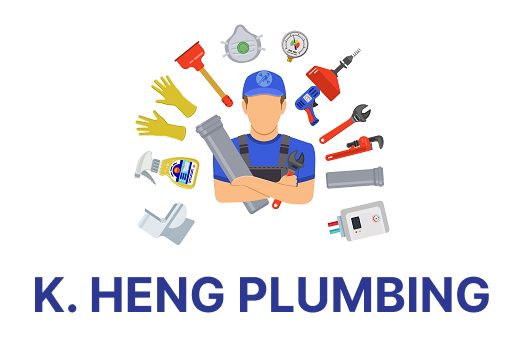 18 Oct 2023
18 Oct 2023
The relentless drip of a leaking tap isn’t just frustrating, it’s also a sign of a potential problem that can have lasting consequences. Water leaks, both big and small, can result in significant structural damage, inflated water bills, and a significant amount of wasted water. It’s crucial to understand how to spot and address these water leaks before they escalate into larger issues.
This blog will delve into the ins and outs of identifying and repairing water leaks, offering valuable insights for homeowners and tenants alike. We’ll discuss common signs of a water leak, explore simple techniques for finding leaks inside and outside the house, touch on the basics of leak repair, suggest DIY fixes for minor leaks, and advise on when it’s time to call in a professional.
Additionally, we will share preventive measures to help maintain a water-efficient home. So, if you’re ready to take the first step towards a leak-free home, let’s dive right in.
Recognizing the Consequences of Water Leaks
Water leaks can lead to more problems, so never ignore even small issues like water tap leaking. They can be as harmless as a dripping faucet or as damaging as a burst pipe in your basement. Whatever their size, these leaks can cause some real harm like structural damage to your home, sky-high water bills, and a colossal amount of water wastage. That’s why identifying water leak is essential.
Spotting the Signs of a Water Leak
Water leaks do give off some signs. You might hear water running when nothing’s on or see wet spots on the floor or walls. Simple water leak detection tips include keeping a close eye on your water meter. If it’s spinning like a top when you aren’t using any water, chances are you’ve got a leak.
How to Find a Leak Inside the House?
There are plenty of hiding places for leaks inside your house. The bathroom is a good bet to start. Leaky faucets and showerheads are common culprits. The kitchen is another hotspot. Keep an eye on your dishwasher and under the sink. But if you are unsure, don’t hesitate to call for plumbing services.
Understanding the Basics of Leak Repair
Leak repair can be as simple as tightening a screw or as complex as replacing a section of pipe. Everything is dependent on the type and location of the leakage. Spotting and addressing leaks promptly can save you a lot of trouble down the road. And when in doubt, call a professional.
For small leaks, there are a few things you can try. Think of tightening fixtures, replacing washers, or even using waterproof tape or compound. Remember, these are temporary fixes. You still need to deal with the main reason for leakage.
When to Call a Professional
Sometimes, a leak is more than a match for a DIY approach. If you can’t find the leak, if it’s in a hard-to-reach place, or if it’s a big one, it’s time to call in the professionals. Tackling a big leak on your own can make things worse and end up costing more in the long run.
Preventing Future Leaks
Let’s wrap this up with some preventive measures. Because the only thing better than fixing a leak is not having one in the first place. Regular inspections, keeping an eye on your water bill, and installing water-efficient fixtures can all help keep your home leak-free.
